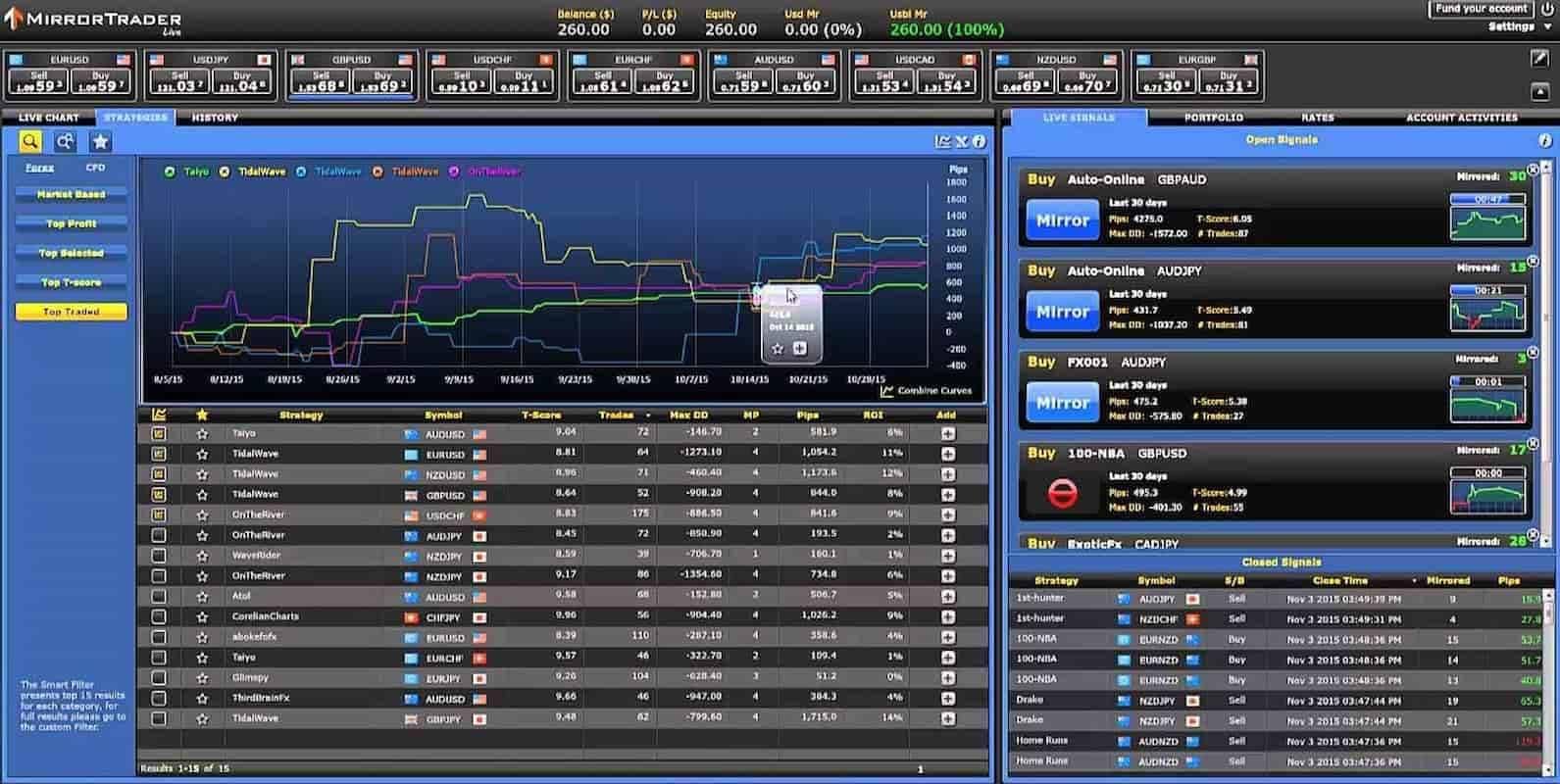What Is Ethereum? Explained With Features And Applications
Содержание
Whomever can perform operations with an Ethereum address is the rightful owner of that address. This is, of course, the consequence of the underlying public-key infrastructure used to verify transactions. We can exploit this to create a login Crypto Connectors system based on Ethereum addresses. It works by marrying public-key cryptography with the nobel concept of the proof-of-work. When the output meets this requirement, this nonce is considered valid and the block can be added to the chain.
A public blockchain architecture means that the data and access to the system is available to anyone who is willing to participate (e.g. Bitcoin, Ethereum, and Litecoin blockchain systems are public). The blockchain technique allows digital information to be distributed, rather than copied. This distributed ledger provides transparency, trust, and data security. In other words, virtual machines approximate the computing power of physical machines using virtual architecture.

Miners produce Ether tokens that can be used as a currency and to pay for usage fees on the Ethereum network. The platform also supports smart contracts, which are a type of digital contract. Smart contracts are code-based programs that are stored on the Ethereum blockchain and automatically carry out certain functions when predetermined conditions are met. That can be anything from sending a transaction when a certain event takes place or loaning funds once collateral is deposited into a designated wallet. The smart contracts form the basis of all dapps built on Ethereum, as well as all other dapps created across other blockchain platforms.
Ethereum Tutorial: Ethereum Virtual Machine
One important aspect of the way the Ethereum works is that every single operation executed by the network is simultaneously effected by every full node. However, computational steps on the Ethereum Virtual Machine are very expensive. Imposing fees prevents users from overtaxing the network.
With this identity, you can perform different actions in both centralized and decentralized networks, using the website as an access point and/or as a graphical user interface. The whole point of this “crypto identity” is that your actions are cryptographically secured, and no one is able to change what have you signed nor your signature. A blockchain is a digital ledger or database where encrypted blocks of digital asset data are stored and chained together, forming a chronological single-source-of-truth for the data. What’s been described here is a naive implementation with some details omitted, but it should be enough to get you thinking about just how disintermediating smart contracts really are. Ujo Music, for example, has implemented these ideas in a much more robust and foolproof way that allows micro-payments for streams, re-sellable downloads and more at the artist’s discretion. People pay Apple 30% of their revenue for the security that blockchains provide nearly for free.
Should You Buy Ethereum?
The article describes the difference between blockchain and bitcoin. As well, it lists current use cases and future applications of the blockchain system. For example, in supply chain, healthcare, energy management, real estate, politics, education, etc. A group of researchers wanted to create a tool to timestamp digital documents so that they could not be backdated or changed. Further, the technique was adapted and reinvented by Satoshi Nakamoto.
Bitcoin is the world’s first cryptocurrency, created in 2009. Ether was originally intended to complement Bitcoin, but the two coins ended up competing. Distributed ledgers take on a different structure than centralized ledgers, which require trust in a third party to manage transactions. The execution and resource utilization costs are predetermined in Ethereum in terms of Gas units, called gwei.
Not every transaction on Ethereum involves the transfer of value; some may transfer arbitrary data. The result of a transaction further depends on the recipient. As mentioned above, Ethereum was originally conceived by Buterin, the Russian-Canadian computer programmer.
One of the key points here is that your published transaction always has a chance to get lost or dropped from the decentralized network. For example, in Ethereum, the published transaction can be dropped if the network’s gas price suddenly increases. Moreover, you may want to republish the transaction with other parameters in order to get it mined as soon as possible. Thus, republishing the transaction can imply re-signing it, if the replacement transaction wasn’t pre-signed before . The first concept of blockchain dates back to 1991, when the idea of a cryptographically secured chain of records, or blocks, was introduced by Stuart Haber and Wakefield Scott Stornetta.
Blockchain Security: Is Blockchain Really Secure?
Logically, the first block does not contain the pointer since this one is the first in a chain. At the same time, there is potentially going to be a final block within the blockchain database that has a pointer with no value. Through gas incentives, it fosters a peer-to-peer Turing-completeness, making use of the resources of the world to run programs. Through this, it lives up to its vision of a “world computer”.
If you slept through your CS classes, this means that anything that can be programmed, can be programmed on Ethereum. In the following sections we will go into more detail on how to define subgraphs, how to deploy them, and how to query data from the indexes that Graph Node builds. Once you have written a subgraph manifest, you use the Graph CLI to store the definition in IPFS and tell the indexer to start indexing data for that subgraph. IBM Blockchain Platform Software is optimized to deploy on Red Hat® OpenShift®, Red Hat’s state-of-the-art enterprise Kubernetes platform. Industry leaders are using IBM Blockchain to remove friction, build trust and unlock new value.
- Here is the solidity smart contract for the above problem statement.
- The higher the block number, the longer the path and the greater the mining effort that must have gone into arriving at the leaf.
- In other words, transactions occurring between different accounts are what move the global state of Ethereum from one state to the next.
- A Merkle Patricia Tree is a special kind of data structure that can store cryptographically authenticated data in the form of keys and values.
- The word Bitcoin is used to refer to the blockchain network and to the currency itself.
All smart contracts are stored on all of the nodes of the blockchain, and each node calculates every smart contract simultaneously. The move to the proof of stake model is intended to help mitigate concerns of resource utilization. PoS requires less energy than a PoW model, though energy is still consumed to validate and execute transactions. All blocks in a specific order are arranged in a chain with miners that help to verify each block. The process inside the system is arranged according to a consensus protocol. As mentioned in the above sections on Turing-completeness, the EVM is Turing-complete, which means its smart contracts can solve any type of problem, at least hypothetically.
Decentralized Exchanges On Ethereum
The cryptocurrency ETH can be volatile, putting capital at risk. However, it is certainly worth researching as an investment because the various existing and emerging innovative technologies that use Ethereum may assume larger roles in our society in the future. It is important to point out the Ethereum hashrate does not determine how quickly or slowly each block is solved.

You can check here for a detailed overview of opcodes in Ethereum. The problems that both protocols suffered are reminders that neither is really decentralized, and that they are not yet true challengers to Ethereum; ether and other altcoins trade sideways. With PoS and sharding both enabled, Ethereum developers expect that they will make further tweaks to enhance the security of the network. That includes adding anonymity features to conceal validator identities behind block proposals. It also includes leveraging new technologies such as the Verifiable Delay Function to further secure the randomness of validator assignments and make it harder for malicious actors to disrupt the network.
If the goal is to implement a customizable blockchain system, programming languages such as C++, Python, C, Java, and Ruby help to accomplish this task. As well, web development skills like HTML, CSS, Node JS could become handy. In the end, all the transactions during this path are kept in a general ledger (e.g data with diamond photos, place of extraction, color, serial number, place where it was cut, purified, sold, etc.). Blockchain code – refers to the tasks and goals this blockchain solution has been developed to perform. As well, there can only be 4 million BTC left to be mined, since there is a maximum of 21 million BTC laid down in the Bitcoin blockchain system by the protocol. Once the miners unlock this many, the supply of Bitcoins ends unless the protocol is changed.
Back End Security & Smart Contracts
Since each individual’s situation is unique, a qualified professional should always be consulted before making any financial decisions. Investopedia makes no representations or warranties as to the accuracy or timeliness of the information contained herein. As with any investment, the answer to that depends on your financial objectives, goals, and risk tolerance.
Two decades later the technology gained traction and widespread use. The year 2008 marked a pivotal point for blockchain, as Satoshi Nakamoto gave the technology an established model and planned application. The first blockchain and cryptocurrency officially launched in 2009, beginning the path of blockchain’s impact across the tech sphere.
History of data – within a blockchain structure, it is possible to check the history of any transaction at any moment in time. This is a ever-growing archive, while a centralized database is more of a snapshot of information at a specific point. Understanding the blockchain architecture and process doesn’t seem like an easy task, does it?
An Introduction To Ethereum And Smart Contracts: A Programmable Blockchain
Mining to verify transactions is known as a proof-of-work consensus method. Miners commit their computer power to find that code, proving that it’s unique. Their computer power is “proof” of that work, and miners are rewarded in ETH for their efforts. Ethereum was first described in Vitalik Buterin’s white paper in late 2013 with the goal of developing decentralized applications. Buterin wanted to improve blockchain application development so that real-world assets, like property and stocks, could be attached to a blockchain. Buterin chose the name Ethereum partly because it contained the word ether, which refers to a hypothetical invisible medium that enables light to travel.
Every cryptocurrency has the preset average block find time managed by a network. If the number of miners increases, the network hashrate goes up. The effective block find time becomes lower than the preset value. As a result, the network gradually increases its difficulty, that is, the difficulty of a problem that miners are solving. The network will keep increasing it until the block find time reaches the preset value.
“RLP” stands for “Recursive Length Prefix” and is a data format used to encode nested arrays of binary data. Logs are stored in a bloom filter, which stores the endless log data in an efficient manner. The purpose of ommers is to help reward miners for including these orphaned blocks. The ommers that miners include must be “valid,” meaning within the sixth generation or smaller of the present block. After six children, stale orphaned blocks can no longer be referenced .